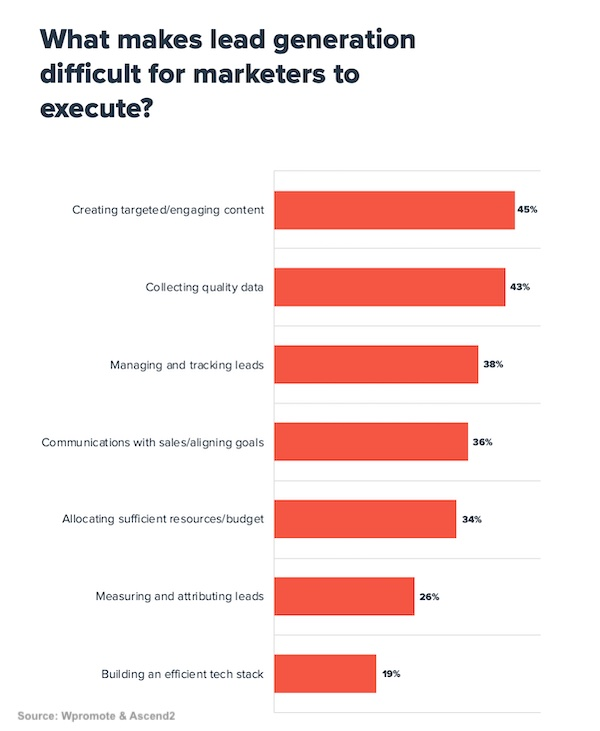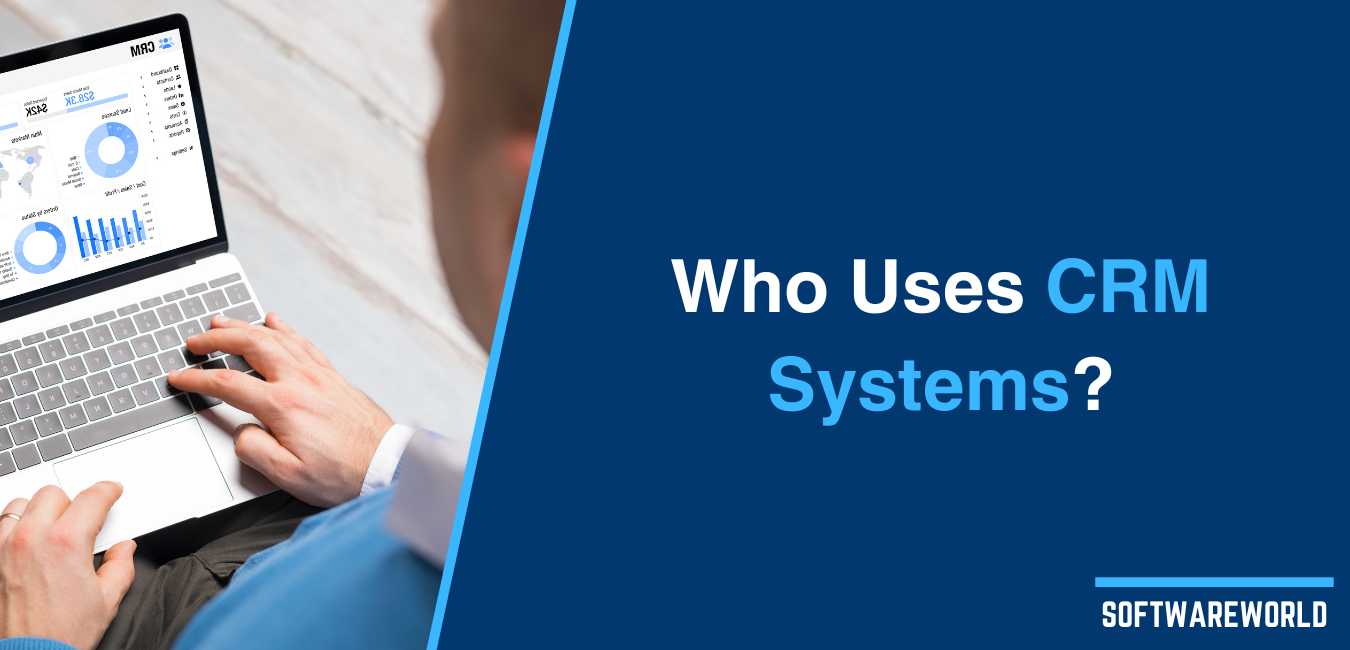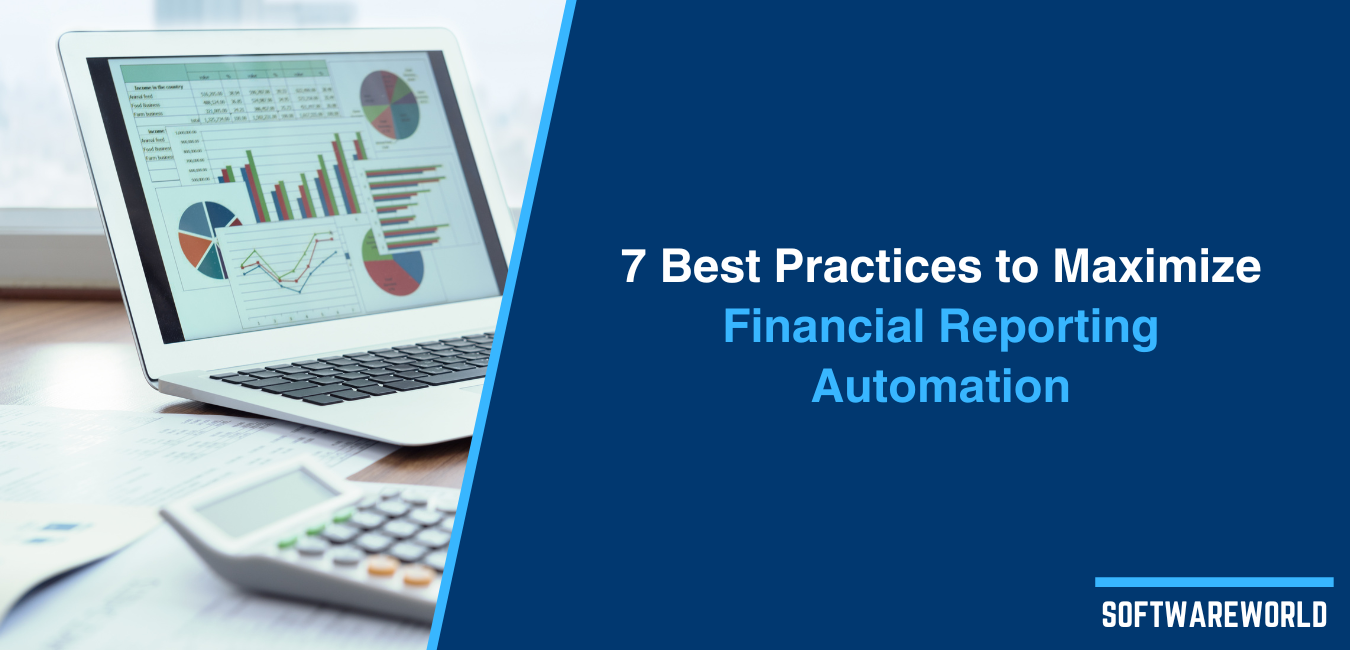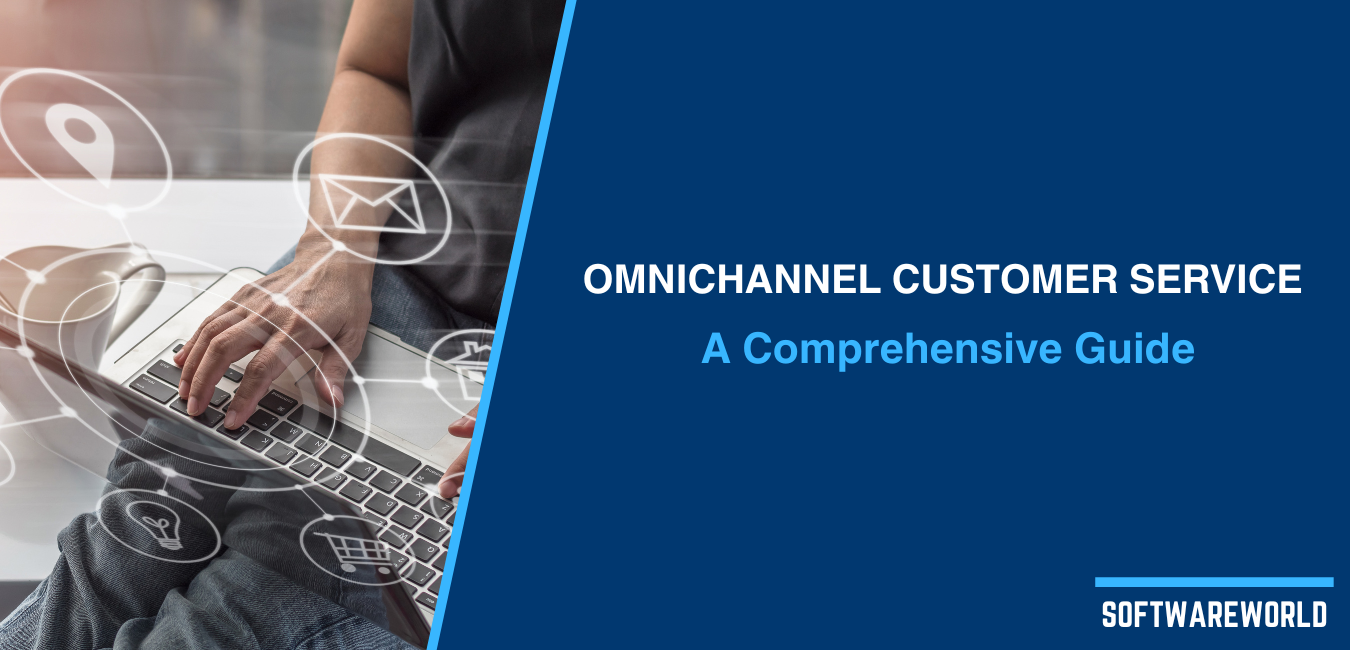Table of Contents
Generating leads is essential for any business, regardless of size or industry. However, finding leads can be a daunting task.
Lead generation is tough but it is no rocket science either as long as you don’t miss on the basics.
It's essential to have a strategy in place and know how to execute it effectively. This blog post will provide a step-by-step guide on lead generation.
We'll start by discussing the different types of leads, and then we'll move on to the steps involved in generating leads.
Lastly, we'll share some tips on how to maximize your results.
Let's get started!
1. What is lead generation, and why is it essential for businesses?
Lead generation can be defined as a set of activities aimed at drawing potential customers to your company.
It also encompasses activities that nurture their affinity in order to convert them into paying customers.
Any individual within the total addressable market (TAM) who has an interest in a company's product or service can be termed a lead.
However, not everybody in the TAM can be considered a lead since all individuals have varied interests and requirements.
Despite sounding uncanny, a large number of firms make the error of marketing to everyone through a common campaign.
Instead, I recommend targeting selected segments of individuals who are interested in your products or services.
Lead generation tactics and tools vary by sector, with the majority of organizations choosing the ones that generate the best results for them.
For instance, email and social media marketing deem to be effective for most online fashion retailers, but they may not necessarily perform well for software firms.
For them, guest posting and webinars may turn out to be more effective.
However, multiple platforms like email marketing, social media, search engine marketing, and blogging are used in tandem to facilitate lead generation.
With that being said, it is essential to build a framework for lead nurturing that eventually acts as a sales funnel.
Thus, lead generation is the process of looking for individuals who may be interested in your service and contacting them for further communication and conversion.
Technically speaking, it overlaps with the first phase of the buyer's journey, the stage of awareness, and the second phase, consideration.
According to a study released by Ruler Analytics, more than 37 percent of organization leaders find lead creation a significant challenge.
The ever-increasing competition, information saturation, and market volatility make it very challenging for a business to monitor, reach, and engage prospective customers.

-
-
Significance of lead generation
-
As mentioned earlier, a good lead generation strategy aids in the buyer journey, but at the same time, it enables you to find relevant high-quality leads.
While the ratio of leads to paying customers can never be a perfect 100%, well-thought lead generation helps you align your business with the best set of potential customers.
It ensures that when a customer expresses interest in your brand's products/services, the purchase journey feels natural to them.
It should feel that your brand is just assisting them in meeting their needs or resolving their issues.
On the other hand, when a person with little interest in what you have to offer comes across your brand, it safeguards your reputation.
A good lead generation strategy ensures that they don't feel forced to think about you.
It prevents potential buyers from feeling compelled/misled to purchase from you, which can ultimately harm the reputation of your brand.
2. The different methods of lead generation
The lead-generating process can be easily classified into two broad categories based on how you reach out to your potential customers.
When leads discover you, it is known as inbound lead generation, while when you find them, it is called outbound lead generation.
-
-
Inbound lead generation
-
Inbound lead generation is a permission-based marketing process where your prospective consumer discovers you and voluntarily agrees to contact you.
Getting permission right away is great for the conversion rate, isn't it?
The quality of leads, in this case, depends on the media through which they contact you. Here are some of the popular inbound lead generation strategies:
Content marketing is arguably the most leveraged inbound tool, with both B2B and B2C organizations employing content marketing to generate leads.
Blog posts, reports, and infographics -when it comes to content marketing, your creativity is the only limit.
Depending on your industry and platform-affiliated user preferences, some forms of content will perform better than others.
Therefore, I advise analyzing and prioritizing the content forms that attract the maximum high-quality inbound leads.
You may create a master resource and later distribute it in stacked formats on different platforms, including articles, guides, videos, podcasts, and social media posts.
With that being said, SEO also plays a crucial role in optimizing your visibility and conversions.
-
-
Outbound lead generation
-
Outbound lead generation is initiated on your end, which means that you identify and act upon those individuals who are most likely to become customers.
You make direct contact with them in order to communicate your brand and offerings.
Outbound lead generation techniques include pay-per-click (PPC) advertising (mostly on Google and YouTube.)
It also includes cold outreach through emails and telephone calls, and cross-selling initiatives with partner organizations.
PPC is, by default, a paid option, while cold calling may be paid or unpaid, a manual or automated strategy.
3. How to implement lead generation in your business
Lead generation is one of the primary goals of every sales department, and companies invest substantial efforts, time, and money in the lead generation process.
Depending on the platforms and channels you target to generate leads, the lead generation process will cover a variety of campaigns, techniques, and methods.
In order to implement a lead generation campaign, the below-mentioned components are a bare minimum:
› CTA templates: You must have a repository of powerful call-to-action (CTA) templates that you can use for building CTA buttons across blogs, landing pages, and anywhere on social media.
› Lead Management Software: You must have a dedicated Lead Management Software to capture and contact leads sourced through inbound/outbound methodologies.
It should allow you to conduct lead qualification and construct "lead flows" to help improve your lead generation efforts.
› Visitor tracking for your website: You must have a visitor tracking tool like Hotjar enabled on your website.
It helps comprehend what visitors think, where they spend their time, and what they do on your website.
It may be used to collect data from your lead-generating forms, feedback forms, and surveys, among others.
› Form-scraping tool: A form scraping tool that gathers submissions from the forms embedded on your website.
You must also embed it in other destinations and instantly merge all of your leads into a single contact database.
› Email marketing: Numerous studies indicate that email marketing will continue to be the best marketing and transactional message channel for businesses in 2022.
You must utilize it for lead nurturing, onboarding, sharing updates, and, of course, generating revenue.
› Create a referral program: No matter which sector you belong to, word of mouth is quite effective.
Thus, you must allow your customers to share referral links to bring you new, warmed-up leads in exchange for a little incentive.
The above tools must be used with the inbound and outbound lead generation strategies, and you must review the results on a periodic basis.
This aids in constantly optimizing your efforts and staying relevant to the market.
4. Tips for optimizing your lead generation strategy
Most marketing departments evaluate the performance of a lead generation campaign based on the total quantity, i.e., the threshold of leads generated.
On the flip side, sales teams prioritize lead quality over quantity which must be the basis of your lead generation strategy in the first place.
Here are a few handy tips to optimize your lead generation strategy:
› Add forms to your website pages with the highest visitor volume: In order to maximize your odds of capturing a lead, adding forms for your website visitors is a must.
This helps them initiate the contact while your team will have a better idea of how to cater to them.
› Evaluate the lead generators for effectiveness: Using a service like Website Grader, which examines your lead generation sources (including landing pages and CTAs).
It also gives insights on how to enhance your current content, determine how each of your existing lead generators is adding to your company.
You must regularly evaluate landing page views, CTA clicks, and content page shares to discover which offers are working the best.
These inputs are in turn used to design other offers that are similar to the most successful ones.
› Have a simple call to action on your homepage: It is tempting to redirect your website visitors to multiple money pages.
However, it is in your best interest to use a single, simple CTA button that keeps things tractable for them.
› Offer downloadable resources: Another non-intrusive method of generating interest in your company is to write blogs on your own or third-party websites.
They must promote ebooks or whitepapers on the same subject that your website visitors just read about.
› Keep content creation aligned with search engine optimization (SEO): The content of your blog is how you build the page and domain authority necessary for SERP.
Google's organic visitors are often more eager to seek a solution to an issue you can address and know that they can trust you with their money.
› Have a live chat feature on your website: Begin by conducting an audit of your website to determine which pages your visitors spend the most time on.
Next, you can add a live chat feature on the pages where clients need help or information the most.
This helps you to acquire and record information about their requirements while addressing their queries.
› Test every lead generation function extensively: We cannot emphasize this step of the lead generation procedure enough.
A/B and A/X testing can have a huge impact on the speed and quality of your efforts’ optimization.
A simple test of the phrasing of your call to action, the structure of your landing page, or the graphics you use may help you on many fronts.
Ultimately, it helps increase your revenue by tens of thousands of dollars, so you must conduct frequent tests on different components and channels.
5. The benefits of a successful lead generation campaign
Benefits of well-strategized lead generation include:
› Helps you address the correct audience - Businesses are able to concentrate on favorable markets, segments, and customer personas, therefore saving money and time and increasing ROI.
› Increased brand recognition - Lead generation also helps increase brand recognition and reputation.
When customers find your brand organically, you will be in a better position to provide them with further information.
It primarily consists of product characteristics and advantages.
› Helps fetch vital marketing insights from prospects - Lead generation activities also aid in capturing significant marketing insights during engagement with prospects.
Purchase-oriented information such as needs, desires, reservations, and preferences can help you in customizing your product or service to meet your customers’ requirements.
For instance, you may collect this information through registration forms for webinars or sales events.
Just make sure to host them for these pre-selected users to later use it to establish a better product-market fit.
› Boost brand loyalty - Businesses which are able to create communities of like-minded consumers through lead generation assets are also likely to increase their customer loyalty.

A well-thought lead generation strategy is not based on the use of aggressive sales tactics.
Instead, it is a two-way street where your leads should be interested in your product, either because you offer something of interest to them.
Also it lets you display competence to address a problem they are experiencing.
This way, it makes sales an outcome of an engagement-based relationship instead of an unnatural pushy behavior leading to forced consideration.
Summing Up
Lead generation is finding and attracting potential customers to your business.
It’s a vital part of any successful marketing strategy, and it can be challenging to know where to start.
That’s why we’ve outlined the different methods of lead generation and how you can implement them in your own business.
We also have some tips for optimizing your lead generation strategy so that you get the most out of it.
And finally, we want to remind you of the benefits of a successful lead generation campaign – more customers, more sales, and a more robust bottom line.
So what are you waiting for? Start generating leads today!



